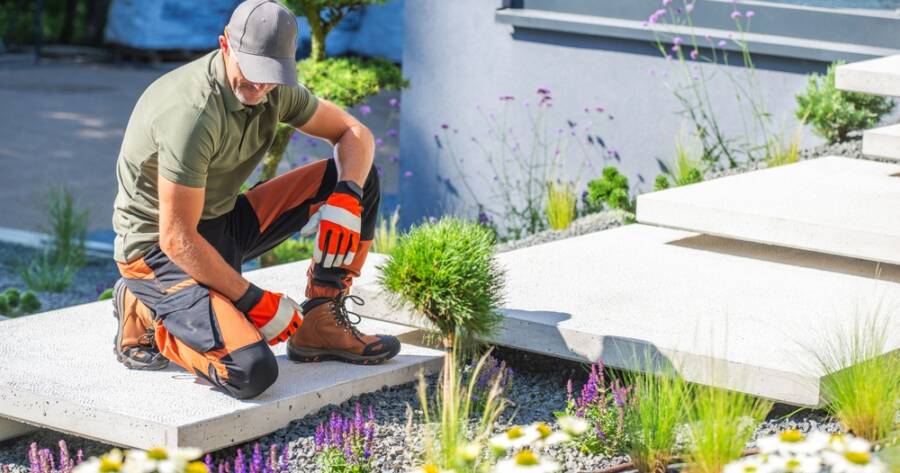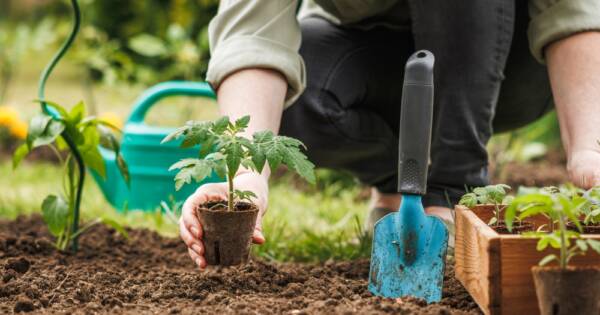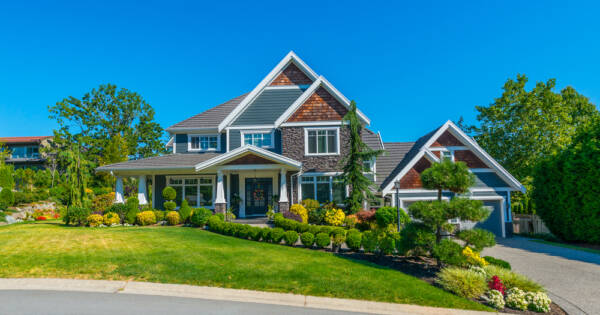Creating a beautiful yard doesn’t have to mean wasting water or spending a fortune. With a few smart landscaping choices, homeowners can design outdoor spaces that stay lush and inviting while using far less water. From choosing native plants to improving soil health and irrigation efficiency, thoughtful planning can help reduce maintenance costs and support a more sustainable environment—all without sacrificing curb appeal or comfort.
Choose the Right Plants for Your Climate
One of the easiest ways to conserve water is by planting vegetation that naturally thrives in your local climate. These are often referred to as native plants, and they require less irrigation because they’ve adapted to your region’s rainfall, soil, and temperature patterns. If you’re unsure where to start, consult local gardening centers or cooperative extensions for recommendations specific to your area.
Drought-tolerant plants are also a wise choice in many regions. These include species like lavender, yarrow, sedum, and ornamental grasses. By replacing water-hungry grass or tropical plants with ones suited for dry conditions, you can significantly reduce your watering needs throughout the year.
Mulching: Small Change, Big Impact
Mulching is a simple yet powerful method to lock in soil moisture and cut down on watering. A layer of mulch—made from bark, leaves, or even compost—helps shade the soil, slows evaporation, and keeps roots cool during hot months. It also reduces weed growth, which means less competition for water.
For best results, mulch should be applied around the base of plants, trees, and shrubs, avoiding direct contact with stems or trunks. This barrier not only helps conserve water but also improves soil quality over time as the organic material breaks down.
Consider Drip Irrigation Over Sprinklers
Traditional sprinklers can be inefficient, especially if water is lost to evaporation or wind. A more efficient solution is drip irrigation. This system delivers water directly to the base of plants, where it’s needed most. Because the water is applied slowly and steadily, there’s less waste, and plants have more time to absorb it.
Drip systems are relatively easy to install and can be adjusted to fit gardens of all sizes. Some even come with timers or moisture sensors, allowing you to tailor watering schedules based on conditions rather than guesswork.
Group Plants With Similar Water Needs
Another strategy to improve water efficiency is hydrozoning—the practice of grouping plants with similar water requirements together. This allows you to water each zone appropriately instead of overwatering some plants just to meet the needs of others nearby.
For example, high-water-use plants like vegetables can be placed together in a dedicated bed, while low-water-use shrubs and perennials are placed in another area. Hydrozoning makes it easier to fine-tune irrigation and reduce waste over the growing season.
Reduce Lawn Size or Go Lawn-Free
Traditional lawns are among the most water-demanding features in American yards. If you’re looking to reduce both water use and ongoing maintenance costs, consider shrinking the size of your lawn—or replacing it entirely with alternatives like gravel, ground cover, or synthetic turf.
Ground covers such as creeping thyme or clover offer a green appearance but require far less irrigation. In more arid regions, a combination of gravel, native shrubs, and ornamental grasses can create an attractive, low-water landscape that’s easier on the budget and more sustainable.
Collect and Reuse Rainwater
Rainwater harvesting is an eco-friendly way to water your yard without relying solely on municipal sources. A rain barrel placed beneath your downspout can collect water for later use on gardens and shrubs. This reduces runoff and helps cut back on your water bill, especially during drier months.
Some areas even offer incentives or rebates for installing rain collection systems. Just be sure to check local guidelines, as regulations can vary by state or city.
Maximize Shade and Natural Cooling
Strategic planting can also help cool your yard and home naturally, reducing your overall water and energy use. Placing trees and tall shrubs on the sunniest sides of your property can create shade, lowering temperatures and decreasing evaporation rates.
Additionally, shade helps protect the roots of nearby plants and reduces stress during extreme heat. Over time, this translates to less need for watering and better plant health.
Smarter Choices, Greener Yards
Smart landscaping isn’t about cutting corners—it’s about working with nature to get more from less. By choosing plants wisely, managing water use, and planning with intention, you can create a landscape that looks beautiful year-round while helping your budget and the planet. Whether you’re starting from scratch or upgrading an existing yard, small changes can lead to big, lasting benefits.




